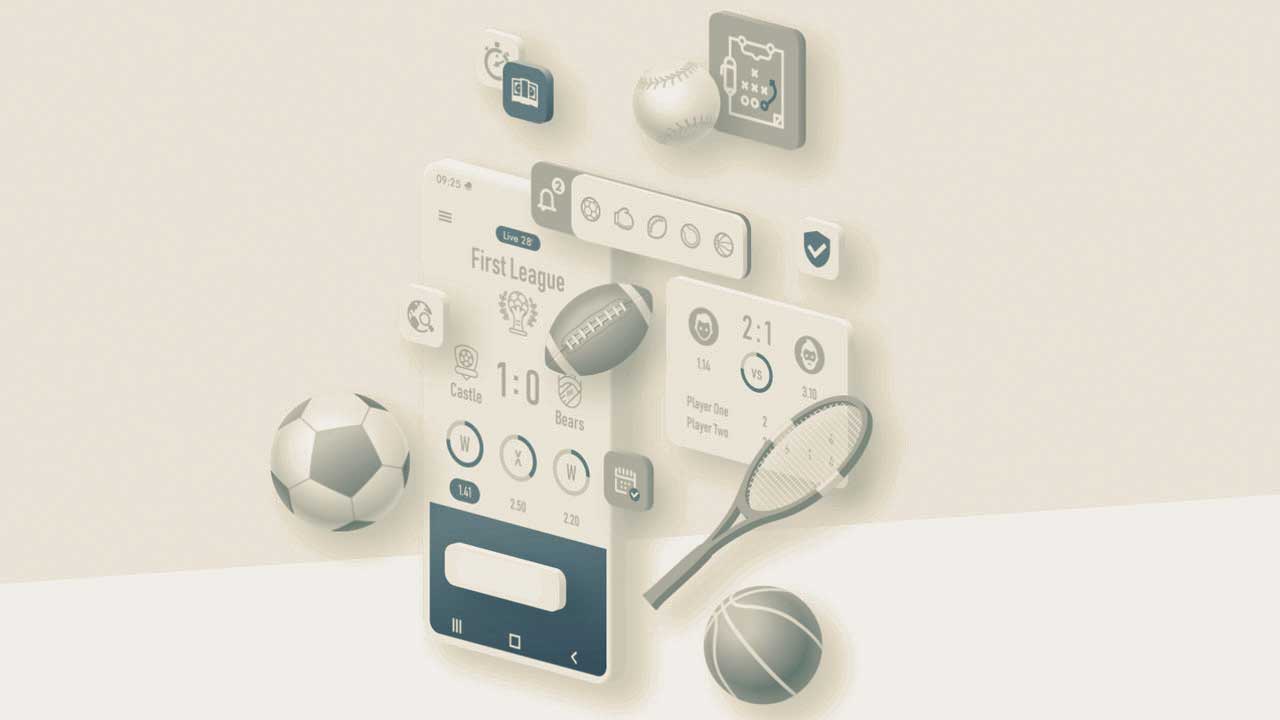The process of creating a digital product and offering the best solution to the customers is a long and tiring journey. Such products require a proper establishment in the target market. A business cannot afford a failure of the product after launching it as it gives rise to many complicated processes. To avoid this, prototype testing of digital products is a must.
Before the product is available to the general public, the makers must ensure that it is operational and functional and provides a solution to the problem they are trying to fix. Prototype testing is not something one should engage in at the very last moment. In fact, it is an ongoing process that is required in almost all stages. Prototype testing helps shed light on the digital product’s pros and cons and helps one know how the product will perform after the launch. Here is how you can do prototype testing for digital products.
Analyze The User Information
The very first step in digital prototype testing is collecting and analyzing user information. In this stage, you try to know the views of the general products for the product you are building. For instance, if you are building a platform for the customers of Lotto 6/42, you might want to ask the customers what they expect out of a website design for quickly accessing the Lotto Result. Knowing this information helps you know the features you should include in your digital product.
These steps should be done during the development stage to avoid any vagueness. Also, it helps the developers to focus on all the necessary features of the digital product right from the start.
Create A Prototype
It is obvious that for prototype testing, you need to create a prototype of the digital product you are creating. Two crucial elements that affect the prototype’s creation include the product’s developmental stage and the features you need to test. We recommend you use all the insights gained from the previous stage to create the preliminary prototype.
Before carrying out the prototype testing, one should clearly know the features that one wants to test. A few of the important information that prototype testing should provide you are product validation, navigation, flow, and functionality of the digital product, and design. Once you have an idea of what the prototype testing will be all about, you can proceed to create a preliminary design.
A preliminary design is the simpler form of the final prototype, and it helps provide a blueprint for the final prototype. It also provides the tester with a reference point. While making a preliminary design, frame the research questions to have a clear goal in your mind.
Start User Evaluation
In this stage; you present the users with the prototype design. Focusing on all the comments and suggestions you receive at this stage is crucial. If the suggestions make sense and are genuine, it needs to be considered by the developers. The user evaluation can be analyzed through SWOT analysis to understand the product’s strengths and weaknesses better. Also, during user evaluation, ensure that you have reached out to the right audience. Ideally, the right audience is the people who in the future will be the user of this product.
What To Do After Prototype Testing?
Once you have carried out the prototype testing, your goal should be to refine the digital product based on the feedback and suggestions that you have received. After gaining insight into all the necessary data, the developers can start making the necessary changes to the product. Once these changes are made, we recommend you go for another round of prototype testing to ensure that the customers are finally happy about the product.

Also, feel free to conduct a pilot test before the product’s final launch. It will help you gain the satisfaction that everything is in order.
Prototype testing is a must, as it helps reduce the overall cost of fixing a problem later. It also increases user involvement in the development process, which is beneficial as it lights the users’ expectations of a particular product. Lastly, it helps resolve the internal conflict between the members working together to build a product. Use the above-mentioned tips to engage in the right prototype testing for digital products.
